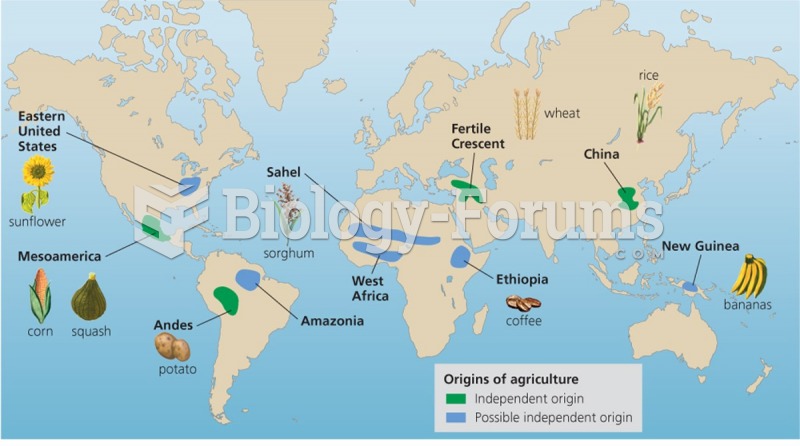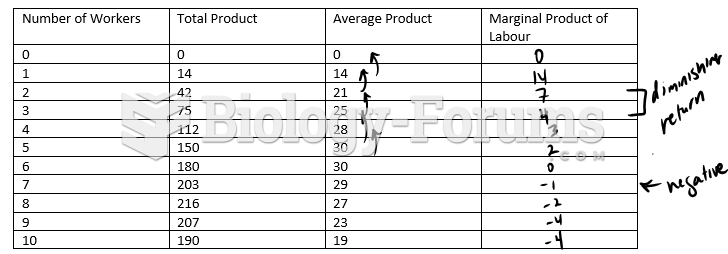Answer to Question 1
Answer: Carmakers put together vehicles at final assembly plants, using thousands of parts supplied by independent companies. Sixty percent of the world's final assembly plants are controlled by ten carmakers in a handful of countries:
- 2 U.S.-based: Ford and GM.
- 4 Europe-based: Germany's Volkswagen, Italy's Fiat (which controls Chrysler), and France's Renault (which controls Nissan) and Peugeot.
- 4 Asia-based: Japan's Toyota, Honda, and Suzuki, and South Korea's Hyundai.
These companies operate assembly and parts plants in many countries. Nationality matters in terms of location of corporate headquarters, top managers, research facilities, and shareholders. The world's three major industrial regions house 80 percent of the world's final assembly plants, including 40 percent in East Asia, 25 percent in Europe, and 15 percent in North America. Three-fourths of vehicles sold in North America are assembled in North America. Similarly, most vehicles sold in Europe are assembled in Europe, most vehicles sold in Japan are assembled in Japan, and most vehicles sold in China are assembled in China.
Carmakers' assembly plants account for only around 30 percent of the value of the vehicles that bear their names. As a result of outsourcing, independent parts makers supply the other 70 percent of the value. Many of these parts are also made near their marketsthe final assembly plantsespecially the steel parts, which comprise more than half of the weight of vehicles.
On the other hand, many parts do not need to be manufactured close to the customer. For them, changing site factors are more important. Some locate in countries that have relatively low labor costs, such as Mexico, China, and the Czech Republic.
Answer to Question 2
Answer: Every industry uses some inputs and sells to customers. The farther something is transported, the higher the cost, so manufacturers try to locate factories close to both suppliers and sellers.
If inputs are more expensive to transport than products, the optimal location for a factory is near the source of inputs. Conversely, if the cost of transporting the product to customers exceeds the cost of transporting inputs, then the optimal plant location is as close as possible to the customer.
Every manufacturer uses some inputs. These may be resources from the physical environment, like minerals, wood, or animals, or they may be parts or materials made by other companies. An industry in which the inputs weigh more than the final products is a bulk-reducing industry. To minimize transport costs, a bulk-reducing industry, like copper production, locates near the source of its inputs.







